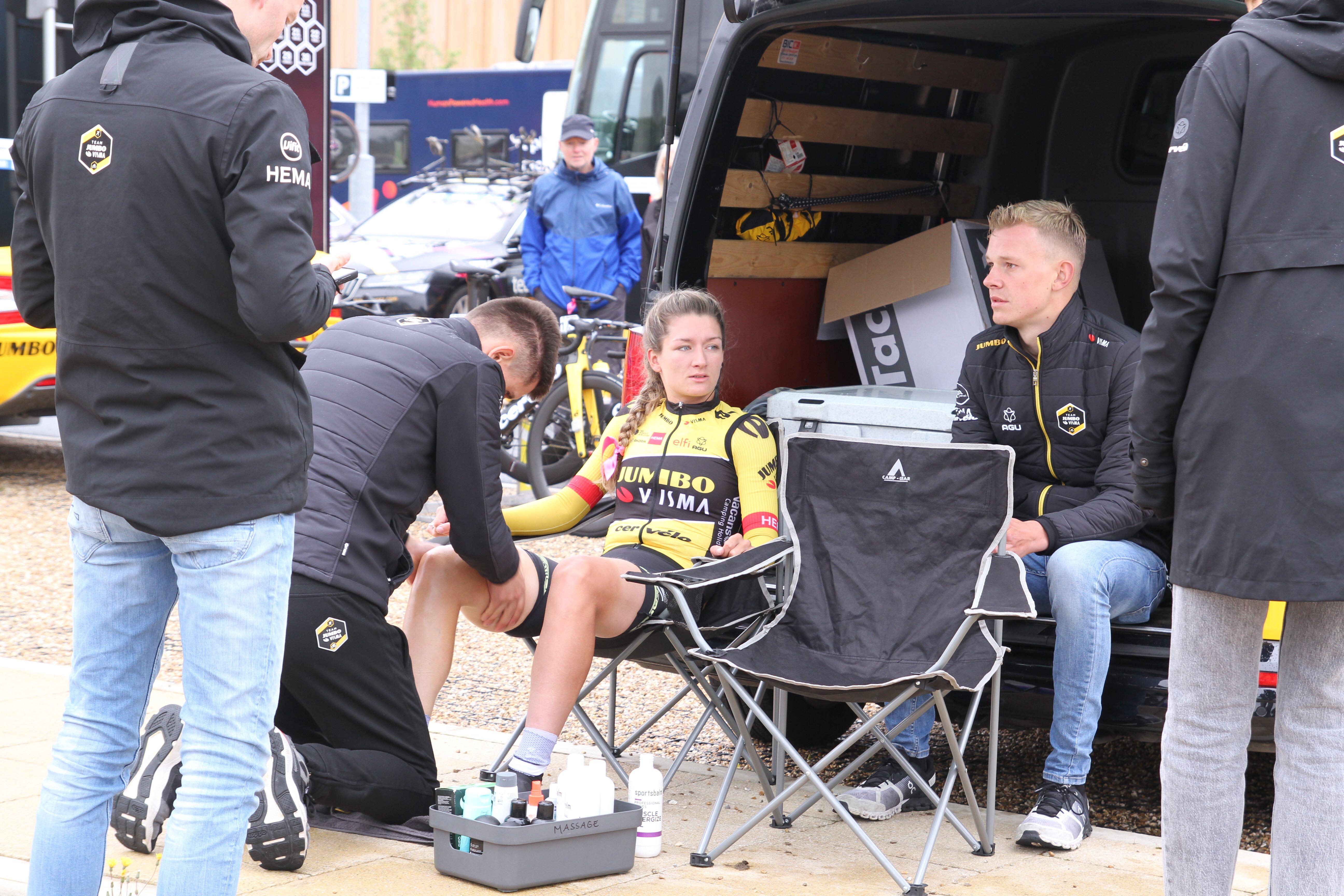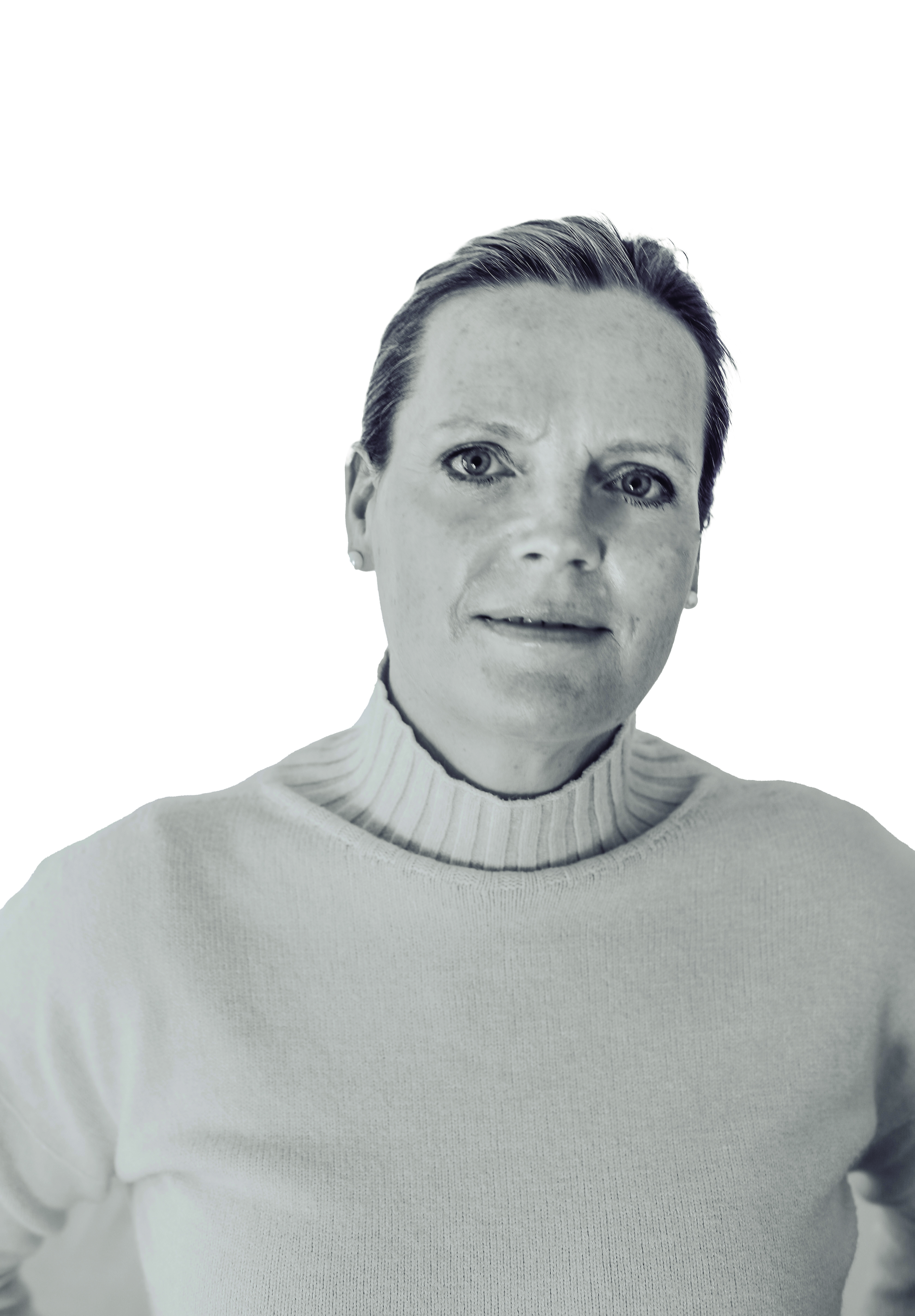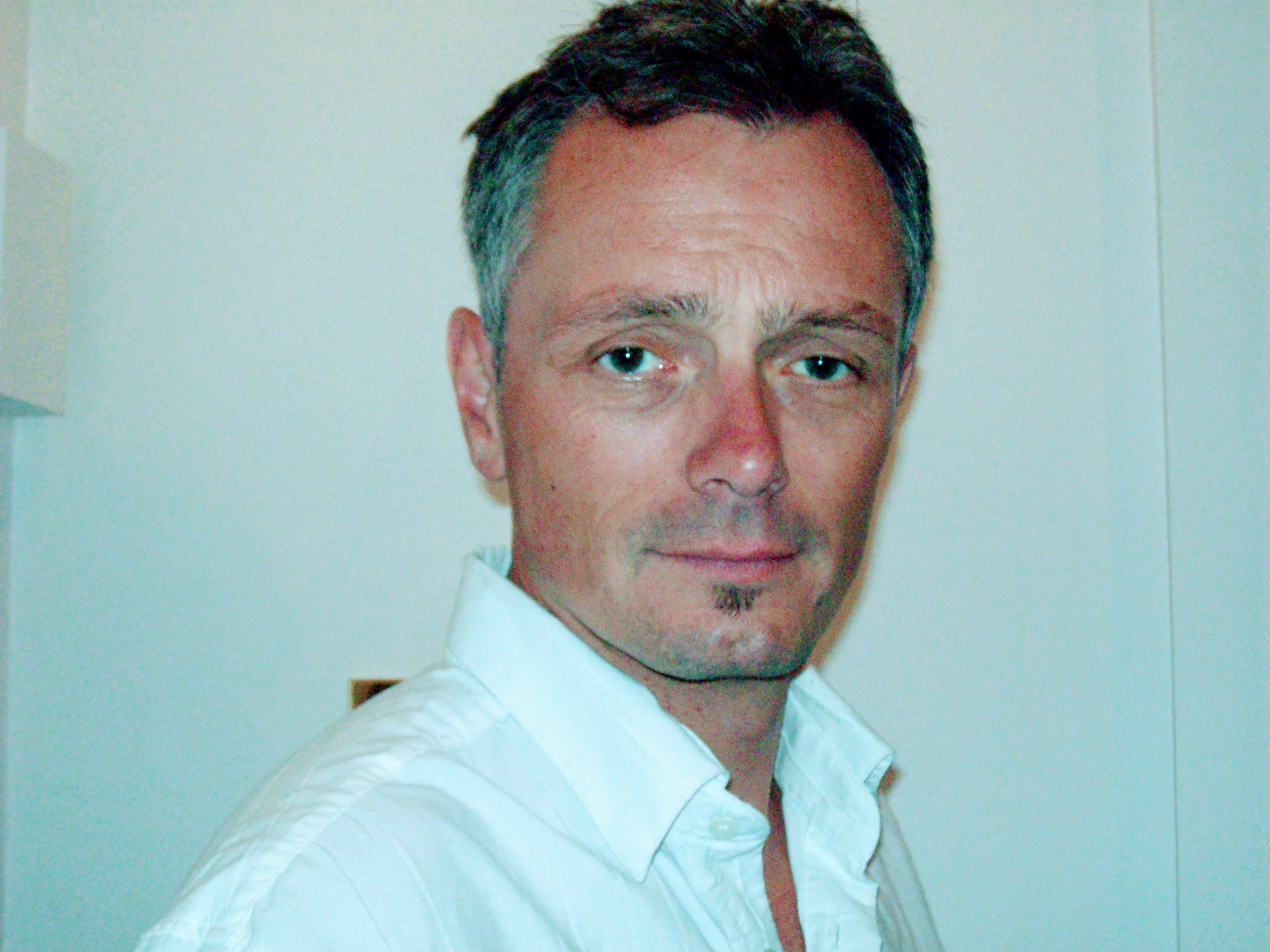Is massage a gimmick, or does it really aid recovery from cycling?
The post-event rub-down is a cycling staple for the pros but what benefits does it really bring? Rob Kemp consults the experts to weigh up the evidence


Massage is ubiquitous in elite sport and has become increasingly common at amateur levels. Done correctly, it targets key muscle groups used in cycling, with the aim of promoting recovery and, some argue, aiding performance. Rub-down techniques include deep- tissue manipulation, stretching, and myofascial release, and are designed to ease soreness, increase circulation, and support overall physical wellbeing.
What's in it for cyclists?
Soigneurs being on hand to massage a rider after a race is a long-standing tradition of the sport. Now part of a team’s rapid recovery protocols, it’s commonly assumed that a post-ride rub-down helps to ‘flush out’ toxins. “Soft-tissue therapy [AKA massage] combined with sleep, hydration and stretching helps alleviate muscle soreness, encouraging the muscle tissues to offload and unwind,” says Sarah Hodson, massage specialist with Marylebone Health Group.

Hodson specialises in manual therapy to treat tendons, muscles, and ligaments, promoting stress reduction and healing. She has supported three Olympic Cycles at the English Institute of Sport and British Olympic Association and is an advanced Graston Technique practitioner at Marylebone Health Group.
What does the research say?
The scientific jury is out when it comes to the benefits of massage for athletes, according to Professor Edzard Ernst, who scrutinises complementary medicine. Ernst cites one large systematic review of existing evidence from May 2023: “This examination of 114 science articles found that massage, in general, doesn’t affect motor abilities [e.g. to ride a bike faster or further], though it can improve flexibility.” The study also found that massage does not change blood lactate clearance – so none of that ‘flushing out’ takes place. Nor does it influence muscle blood flow, muscle temperature or muscle activation. “But massage has been found to lead to a decrease in stress, anxiety and the perception of fatigue,” adds Ernst, “and an improvement in mood, relaxation, and the perception of recovery.”

Aiding relaxation is as good as aiding recovery
How to reap the benefits
Expert comment: Professor Edzard Ernst
“There is a paucity of sound evidence in the area of massage,” says Professor Ernst. “The two main reasons for this are that firstly there are few organisations who might sponsor this often rather expensive research, and secondly, rigorous trials of massage therapy are methodologically challenging. For instance, if we want to know whether massage works beyond placebo, we need a good placebo, and that does not exist. A recent, rigorous review identified 29 eligible studies recruiting 1,012 participants, representing the largest examination of the effects of massage. Its authors found no evidence that massage improves measures of strength, jump, sprint, endurance, or fatigue, but massage was associated with small but statistically significant improvements in flexibility and DOMS.”
“The 2023 review authors concluded that the use of massage just for gaining results in sport and exercise performance seems questionable,” says Ernst, “but it’s indirectly connected to performance as a tool for an athlete to stay focused and relaxed during competition and recover afterwards.”
So, massage may come into its own as a means of combating the onset of DOMs and easing performance- related anxiety; its effects may be mental as much as physical. Sarah Hodson, who advises that elite athletes receive massages a couple of times a week, concurs. “If the athlete is worked up about an event, a gentle and calming treatment helps them remain focused and in the zone,” she says. “Combining soft-tissue therapy with sleep, hydration, and stretching alleviates muscle soreness by calming the nervous system and aiding tissue relaxation. These elements are crucial for the body's natural healing and hence the effectiveness of regular massage. For me, it’s about listening to the athlete's needs and providing tailored treatment and delivering specific massage techniques.”
What are the limitations?
There is a plethora of massage tools on the market designed to facilitate self- treatment – including foam rollers and massage ‘guns’ – targeted at athletes as a means of taking the tension out of tendons, aiding recovery and even fast-tracking rehab. “To the best of my knowledge, there is no good evidence to support such gadgets,” says Professor Ernst. “I am not aware of any reliable evidence to suggest that massage can prevent injuries either. However, some studies have shown a decrease in pain and delayed onset muscle soreness [DOMs] – this decrease is likely linked to lower levels of the creatine kinase enzyme and psychological factors.”
Conclusion on massage for cyclists
The evidence supporting massage is limited, but that doesn’t mean cyclists should avoid or dismiss it. Massage therapy is generally agreeable and has minimal adverse effects, making it a worthwhile consideration, particularly for relaxation and recovery. While it might not make you faster, massage can reduce the impact of muscle soreness, particularly helpful during intense periods of racing. As for massage guns and knot-kneading gadgets, the evidence seems to suggest that a classic hands-on massage by a well-trained therapist is the best option; further research is needed before we can confidently recommend splashing out on an expensive device.
The latest race content, interviews, features, reviews and expert buying guides, direct to your inbox!

Rob Kemp is a London-based freelance journalist with 30 years of experience covering health and fitness, nutrition and sports sciences for a range of cycling, running, football and fitness publications and websites. His work also appears in the national press and he's the author of six non-fiction books. His favourite cycling routes include anything along the Dorset coast, Wye Valley or the Thames, with a pub at the finish.